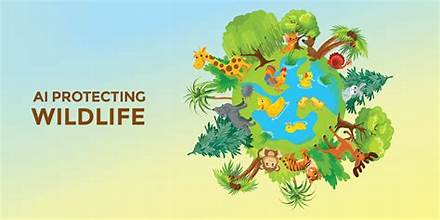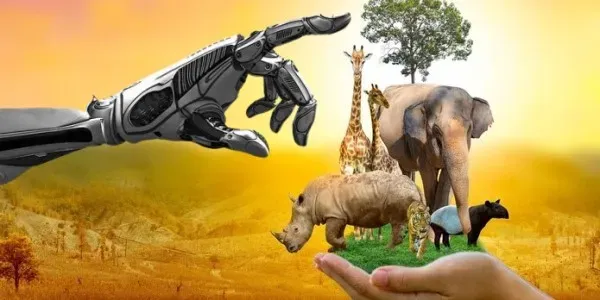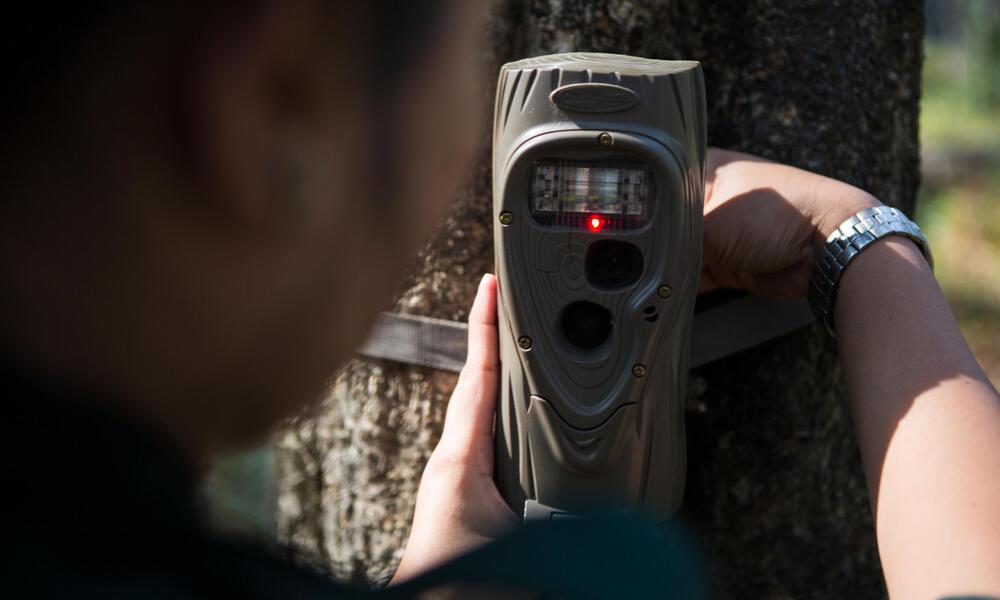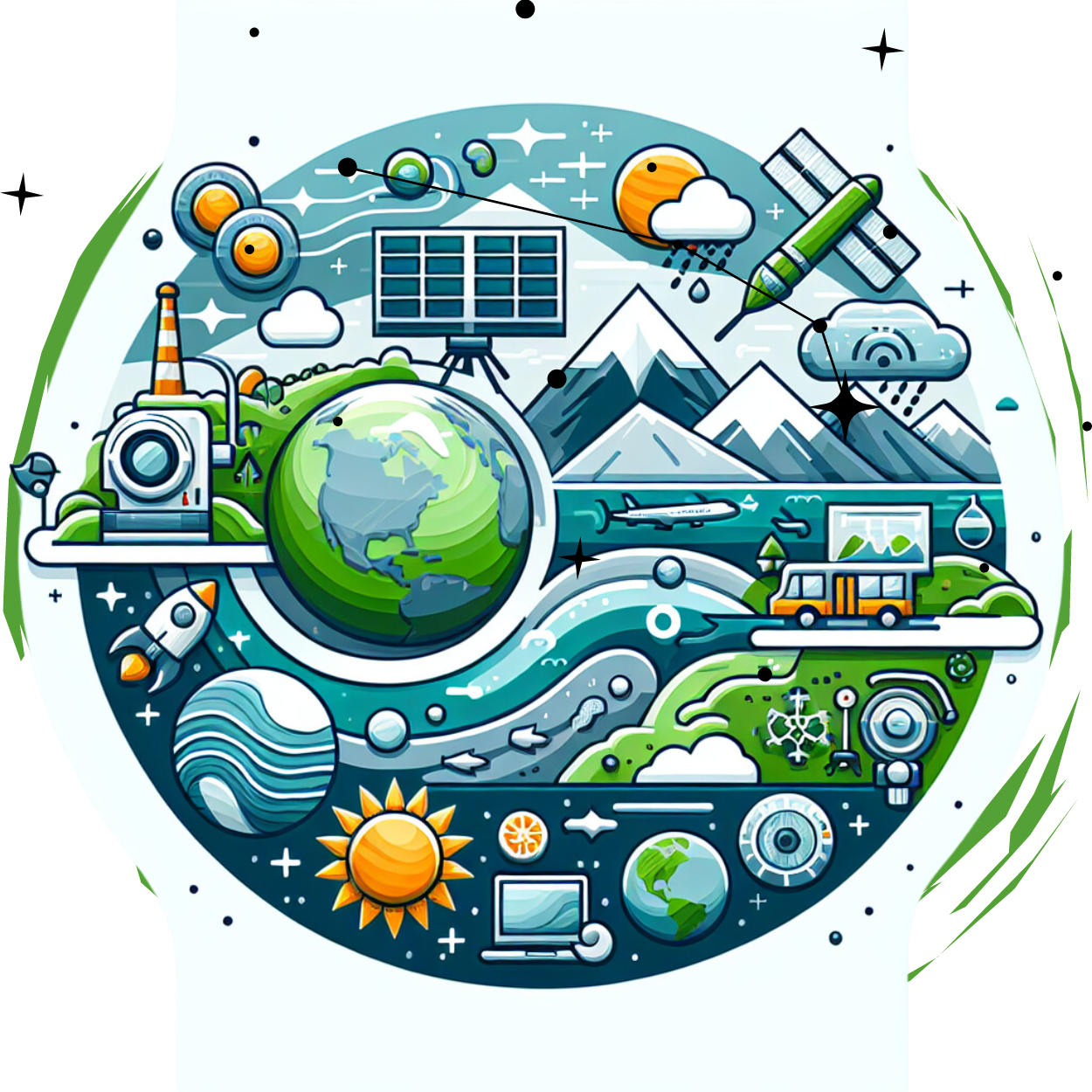
In 2024, the fight to protect wildlife is being transformed by groundbreaking technologies. From advanced monitoring systems to AI-driven solutions, these innovations are reshaping the landscape of conservation. This article explores how new technologies are revolutionizing wildlife protection, enhancing efforts to safeguard endangered species and their habitats.
1. Advanced Remote Sensing and Drones
The use of remote sensing technologies and drones has become a game-changer in wildlife conservation. Drones equipped with high-resolution cameras and thermal imaging are now deployed to monitor vast and often inaccessible areas. These aerial devices provide real-time data on wildlife populations, track poaching activities, and assess habitat conditions.
Benefits:
- Enhanced Monitoring: Drones can cover large areas quickly, capturing detailed images that help conservationists identify and monitor wildlife.
- Reduced Disturbance: Unlike ground surveys, drones can gather data without disturbing wildlife, which is crucial for species sensitive to human presence.
2. Artificial Intelligence and Machine Learning
Artificial Intelligence (AI) and machine learning are increasingly used to analyze wildlife data and predict threats. AI algorithms process vast amounts of information from camera traps, drones, and other sensors to identify species, track movements, and detect anomalies.
Applications:
- Species Identification: AI can differentiate between species with high accuracy, even in complex environments. This helps in monitoring biodiversity and assessing the health of ecosystems.
- Predictive Analysis: Machine learning models predict potential threats such as habitat loss or poaching, enabling proactive measures to protect wildlife.
3. GPS and Radio Telemetry
GPS and radio telemetry technologies continue to play a crucial role in wildlife tracking. By attaching GPS collars or tags to animals, researchers can monitor their movements, migration patterns, and behavior in real-time.
Advantages:
- Detailed Tracking: GPS data provides precise locations, which is essential for understanding animal movements and identifying critical habitats.
- Behavioral Insights: Telemetry helps in studying animal behavior, social structures, and interactions, offering valuable information for conservation strategies.
4. Blockchain for Transparency and Accountability
Blockchain technology is making waves in wildlife conservation by enhancing transparency and accountability in funding and anti-poaching efforts. Blockchain’s decentralized and immutable nature ensures that funds are used appropriately and that anti-poaching initiatives are executed effectively.
Key Benefits:
- Secure Transactions: Blockchain provides a secure and transparent way to track donations and expenditures, ensuring that funds reach their intended conservation projects.
- Anti-Poaching Networks: Blockchain helps in creating tamper-proof records of wildlife products, making it harder for illegal traders to exploit the system.
5. Genetic Technologies and Biobanks
Genetic technologies and biobanks are revolutionizing conservation by preserving genetic diversity and supporting species recovery programs. Biobanks store genetic material from endangered species, which can be used for research, breeding programs, and reintroduction efforts.
Innovations:
- Genetic Analysis: Advances in genetic analysis help identify genetic bottlenecks and guide breeding programs to increase genetic diversity.
- Cryopreservation: Biobanks use cryopreservation to store genetic material for future use, ensuring that valuable genetic traits are not lost.
6. Mobile Apps and Citizen Science

Singye Wangmo, 31 years old, married, with 5 cats, 2 dogs and a natural passion for wildlife. She spends her days protecting the tigers of Royal Manas National Park, Bhutan, from poachers. Singye is a Tiger Protector.
One of only a few female forestry officers working in Bhutan, Singye’s role requires her to leave her husband, parents and pets at home while she spends weeks working in the field protecting the estimated 33 tigers and other wildlife that reside in Bhutan’s Royal Manas National Park.
Leading a team of 30 rangers, Singye’s role involves the monitoring of tigers through camera traps, conducting surveys on foot and the constant patrolling of known poaching hot spots.
Poaching groups often venture in to the park, no matter how much Singye and her team patrol known areas for poachers. During her first ever field visit, she came across huge group of armed poachers. She thought she was going to die. Dangers do not only come from poaching. The landscape becomes treacherous with flooding and landslides during the monsoon season.
Mobile apps and citizen science projects are empowering individuals to contribute to wildlife conservation. Apps that allow users to report wildlife sightings, track poaching incidents, or participate in data collection efforts are becoming increasingly popular.
Impact:
- Wider Participation: Mobile apps engage a broader audience in conservation efforts, harnessing the power of the public to gather data and raise awareness.
- Real-Time Reporting: Apps enable real-time reporting of wildlife sightings and threats, providing valuable data for conservationists on the ground.
7. Environmental DNA (eDNA) Monitoring
Environmental DNA (eDNA) monitoring is an innovative method for detecting and tracking wildlife. By analyzing DNA collected from environmental samples such as water or soil, researchers can identify the presence of species without direct observation.
Advantages:
- Non-Invasive: eDNA collection is non-invasive and can be conducted in areas where direct monitoring is challenging.
- Early Detection: eDNA helps in the early detection of invasive species or endangered species, allowing for timely conservation actions.
8. Smart Sensors and IoT
The Internet of Things (IoT) and smart sensors are transforming wildlife monitoring by providing real-time data on environmental conditions and wildlife behavior. These sensors can detect changes in temperature, humidity, and other factors that affect wildlife.
Benefits:
- Real-Time Data: IoT sensors provide continuous data streams, allowing for immediate responses to environmental changes or threats.
- Integrated Systems: Smart sensors can be integrated with other technologies, such as AI and remote sensing, to enhance overall monitoring and management efforts.
Conclusion
The integration of new technologies in wildlife conservation is proving to be a powerful tool in the fight to protect our planet’s biodiversity. From drones and AI to blockchain and eDNA, these innovations offer unprecedented opportunities for monitoring, managing, and preserving wildlife and their habitats. As we move forward, continued investment in and development of these technologies will be essential in ensuring a sustainable future for the world’s wildlife.

